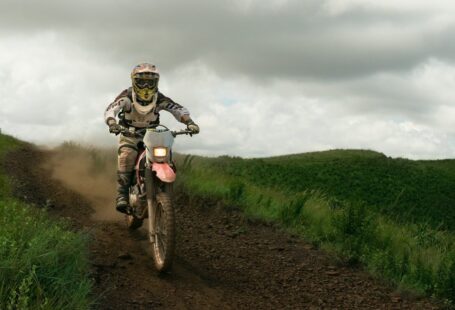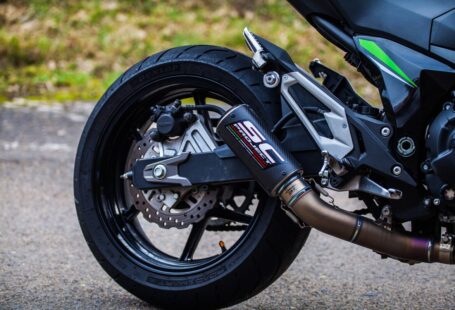- 1/10A complete failure in every way
- 2/10Sad, really
- 3/10Serious flaws; proceed with caution
- 4/10Downsides outweigh upsides
- 5/10Recommended with reservations
- 6/10Solid with some issues
- 7/10Very good, but not quite great
- 8/10Excellent, with room to kvetch
- 9/10Nearly flawless
- 10/10Metaphysical perfection
Energica Motor Company is run by CEO Livia Cevolini, a colorfully stylish Italian whose grandfather worked with Enzo Ferrari. While Energica officially launched its first electric bike, the Ego, in 2014, its parent company, the CRP Group, has supplied F1 teams and supercar manufacturers with rapid prototyping and advanced materials engineering services since 1970.
In typical tech startup fashion, Energica has faced delays and hiccups along the way. But company reps now says it’s in full production, and though they won’t disclose how many bikes they’ve delivered, they say they’re “very satisfied” with the results thus far.
My range anxiety struck as I rode Energica’s second bike, the Eva, the stripped-down version of the Ego, whose mechanical bits are covered in bodywork. Price of entry: $34, 544, approximately double the cost of an off-the-shelf superbike from the usual YamaSuzuHonda suspects.
The Goods
The Energica Eva is powered by an oil-cooled permanent magnet 70 kW motor fed by an 11.7 kWh battery, with direct drive to the rear wheel. The powerplant produces 95 horsepower and 125 lb-ft of torque (19 lb-ft less than the sportier Ego), and is managed by a control unit that monitors several variables including throttle position and lean angle. A full charge requires 3.5 hours, though a built-in DC fast charger can fill an empty battery to 85 percent in 30 minutes.
Up front is a fully adjustable fork by Marzocchi, the same you’d find on a high-spec sportbike. You can order a top-shelf rear Öhlins shock as a $1, 037 option. Beefy brakes by Brembo perform stopping duties, and everything is held together by a tubular steel trellis frame, similar to the design found on Italian exotica from Ducati and MV Agusta.
Unlike the Ego’s aggressive ergonomics, the Eva ditches clip-ons for a handlebar that enables a more upright sitting posture. Throttle mapping has been revised, and suspension geometry changes include a lower front end. Seat height has dropped a tad (to 31.3 inches), making the Eva more accessible to vertically challenged folk, and the view from the saddle includes a multifunction TFT display with the requisite battery state/riding mode info.
Energica says the Eva can ride up to 90 miles at highway speeds, deliver 100 miles of range in the city, and go a full 124 miles in eco mode (if you don’t mind a mushy throttle). Zero to 60 mph is estimated in the three second range, and top speed is a claimed 124 mph—not quite the blistering stats produced by top tier petrol-powered superbikes, but fully respectable for something that spews zero emissions.
Swift, (Mostly) Silent
My ride started in downtown Santa Monica, a traffic-clogged urban enclave. Though the Eva is a tad heavy to lift off its side stand, it’s easy to creep along at slow speeds while lane-splitting between Priuses. The connection between throttle twist and forward movement on the Eva is intuitive, making power modulation at around 20 mph a cakewalk. Unlike gasoline powered steeds with pistons flying inside cylinders, there’s no reciprocating mass inside the Eva, which makes its chassis almost entirely vibration-free as it glides down the road. As with any battery-powered steed, there’s a certain satisfaction to cruising around in near-complete silence surrounded by the city’s raucous thrum. Incidentally, my electric ride drew a generous share of approving glances from passersby—not surprising, since Santa Monica is Southern California’s epicenter of eco chic.



